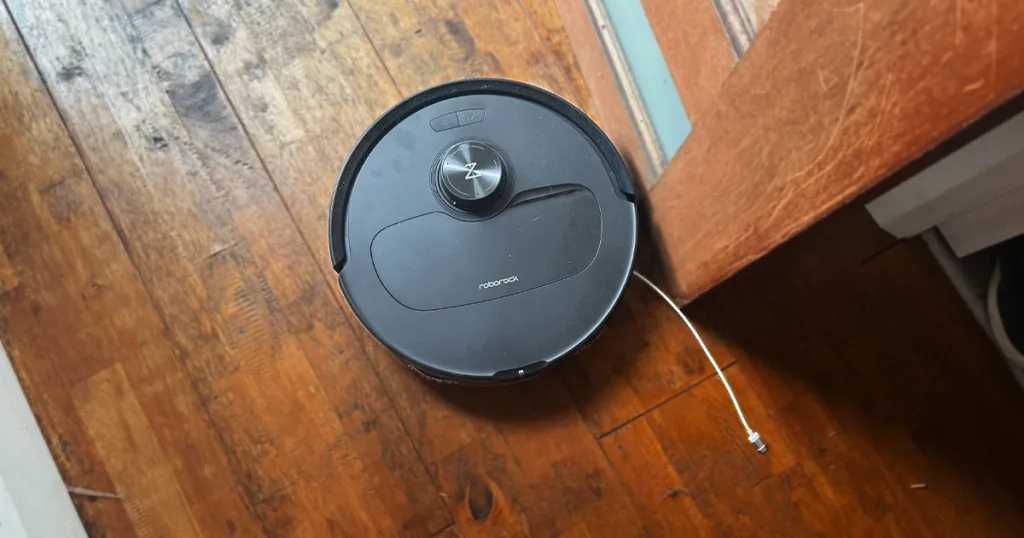Apart from the obvious benefits that an oil heater can warm up your home, there are some ways where these heaters are better than electric, or gas heaters.
Doesn’t dry out air: Since oil heaters don’t directly apply heat to the air in the room they tend to maintain more comfortable humidity levels. Fan heaters, and even split system air conditioners can burn up the moisture in the air as it is exposed to the heating element, but the radiant heat emitted from oil heaters is much gentler. In our testing we found that a De’Longhi Dragon 4 Pro shifted the humidity by around 13% over a four hour period, whereas the Kmart Fan Heater dropped it by 15% in under 40 minutes. Long exposure to dried out air can result in respiratory issues, dry skin and eyes, throat irritation, and can trigger ongoing conditions such as asthma.
Great heat retention: The oil within the heater holds on to warmth even after the heating element has been switched off, making it much better for heat retention. In theory this means you may be able to actively use the device less while still getting the benefits, but that really depends on your household. Ideally you’ll want to have the oil heater set up in a room with good air circulation, and great insulation in order to get the most out of it.
Low fire risk: As the heating element is entirely encased within the oil heater, these represent a relatively low fire and spark risk. You still shouldn’t dry your socks on it, but if you choose to there is a lower chance of the heater actually setting them alight.










